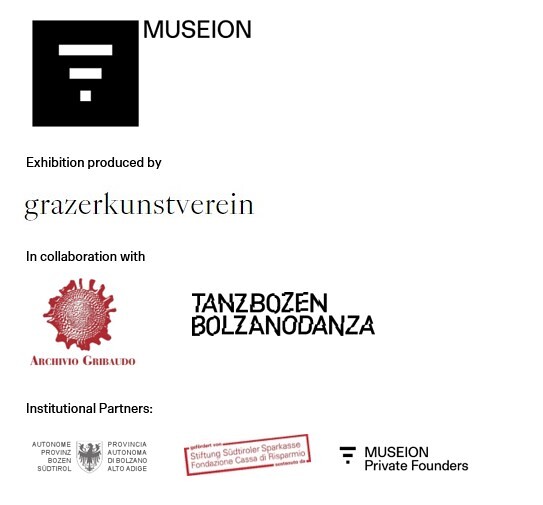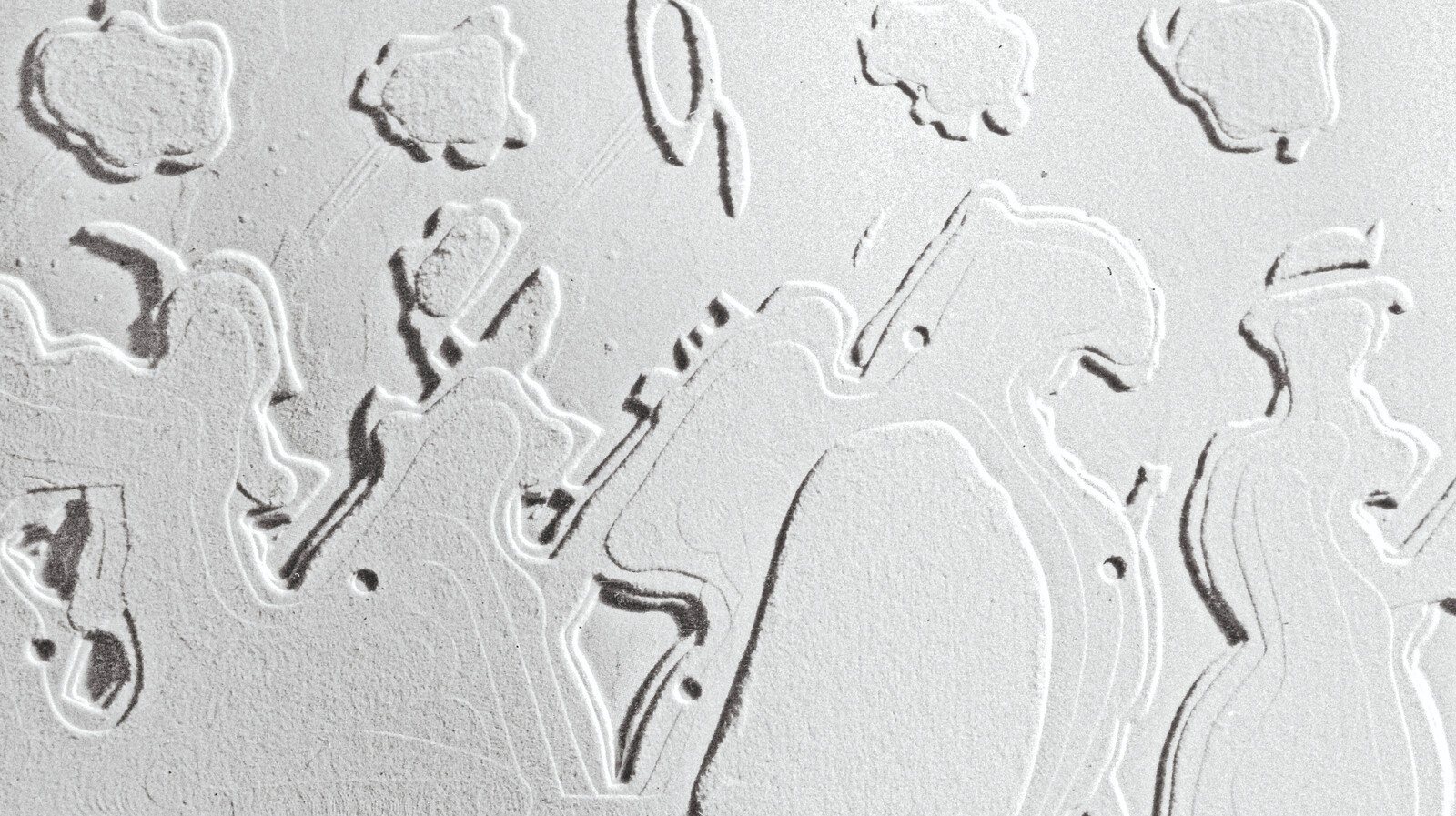The Weight of the Concrete
March 23–September 1, 2024
Piazza Piero Siena, 1
39100 Bolzano
Italy
Museion, Bolzano’s Museum of Modern and Contemporary Art, is pleased to explore the legacy of Turin artist and publisher Ezio Gribaudo (1929–2022). Under the title The Weight of the Concrete, the exhibition pays homage to his multifaceted oeuvre at the intersection of image and language. Gribaudo’s poetics of matter is illuminated by a contemporary scenography by Milan artist Davide Stucchi and echoed by voices of experimental poetry. The exhibition is produced by Grazer Kunstverein in collaboration with Archivio Gribaudo, Turin, and Museion.
The Weight of the Concrete is a comprehensive tribute to Ezio Gribaudo’s versatile career as both artist and publisher. The exhibition reassesses his work at a time when many young artists are working transdisciplinarily and regeneratively between the visual and applied arts.
The title of the exhibition is borrowed from Il Peso del Concreto (1968), a seminal book that featured Gribaudo’s early graphic work alongside an anthology of concrete poetry edited by the poet Adriano Spatola. Central to both this publication and the exhibition is Gribaudo’s emblematic series of Logogrifi, which the artist developed from the 1960s onwards, from embossments on blotting paper to wooden and polystyrene reliefs. Throughout his life, the Logogrifi articulated a closely interwoven relationship with his activities as a maker of books, as well as his fascination with new industrial printing processes, typefaces, language games, and relief matrices.
Grounded in linguistic or visual riddles, the Logogrifi are akin to logogriphs or puzzles that involve the formation of new words by changing their initial letter. In Gribaudo’s interpretation, a Logogrifo oscillates between legibility and abstraction, at times verging toward readable forms and at others scaling the enigmatic world where image and language coalesce. Encompassing typographic elements (textual, figurative and topographic) The Weight of the Concrete heralds the emergence of a new grammar and, consequently, novel forms of reading. Starting with achromatic embossments on blotting paper, transforming into wooden and polystyrene reliefs, and ultimately culminating in chromatic pieces using typographic ink, the works interrogate the ways in which form, language, and matter continue to shape and redefine one another.
Gribaudo’s associative experiments with printing technologies were sparked by his dedication to publishing artist monographs featuring his contemporaries, such as Francis Bacon, Giorgio de Chirico, Jean Dubuffet, Marcel Duchamp, and Lucio Fontana, as well as his interest in popular print outlets like newspapers, dictionaries, atlases, and children’s books. To highlight this relation between his artistic and publishing activities, the exhibition presents a unique selection of Gribaudo’s rare publications and archival materials.
The exhibition’s scenography is created by the Italian artist Davide Stucchi who operates in the visual arts, design, fashion, and scenography. Stucchi’s own artistic approach and interventions echo and amplify Gribaudo’s in the way they use ready-made objects and industrially produced materials. The exhibition also includes a sound program that focuses on the vocalization of experimental poetry to explore Gribaudo’s combinations of visual art, poetry, printmaking, and design from a new perspective.
The Weight of the Concrete will be accompanied by a publication that reinterprets Gribaudo and Spatola’s Il Peso del Concreto (1968) by blending Gribaudo’s work with a newly composed anthology of historic and contemporary concrete and experimental poetry. Published by Axis Axis and Grazer Kunstverein, it is scheduled for release in the summer of 2024.
In a scenography by Davide Stucchi.
With sound works by Tomaso Binga, CAConrad, Bryana Fritz, Susan Howe and David Grubbs, Katalin Ladik, Hanne Lippard, Nat Marcus, and Patrizia Vicinelli.
With a performance by Bryana Fritz in collaboration with Bolzano Danza / Tanz Bozen.
Curated by Tom Engels and Lilou Vidal in collaboration with Leonie Radine.



